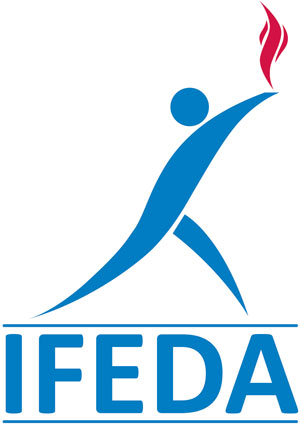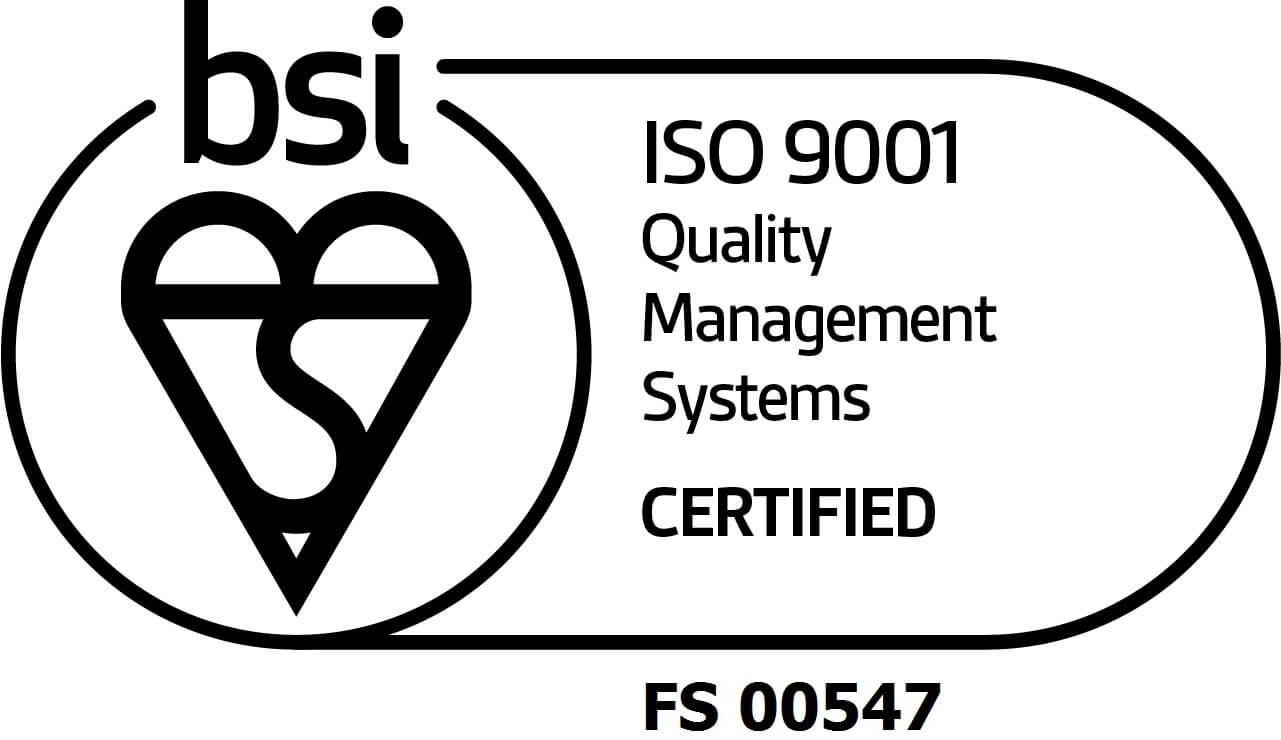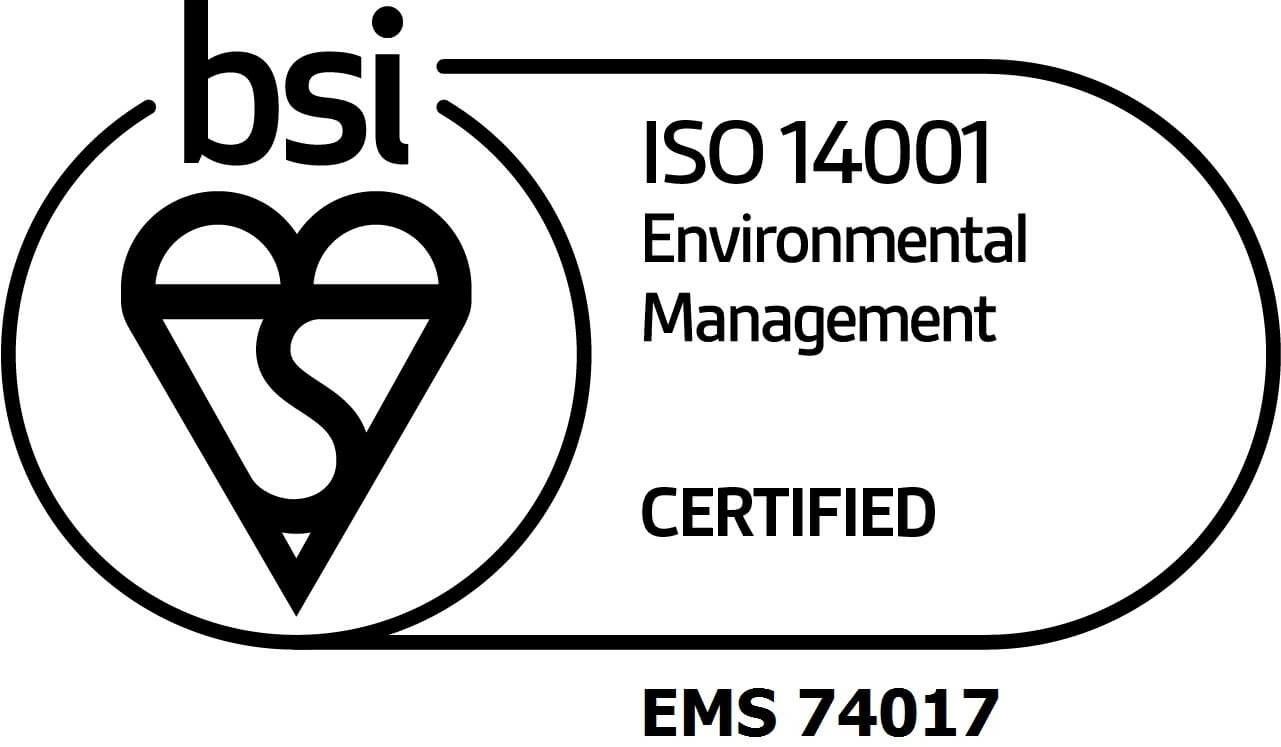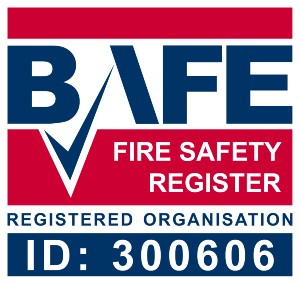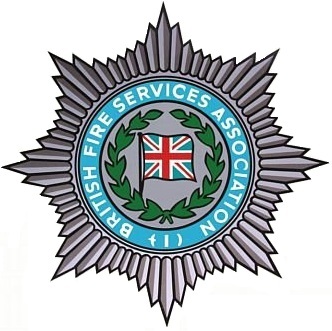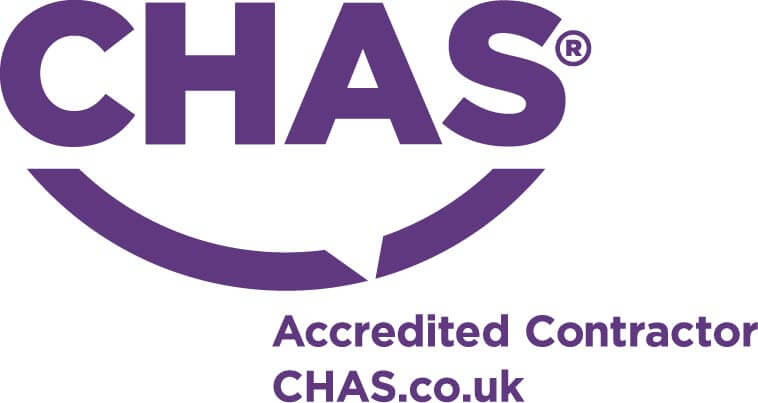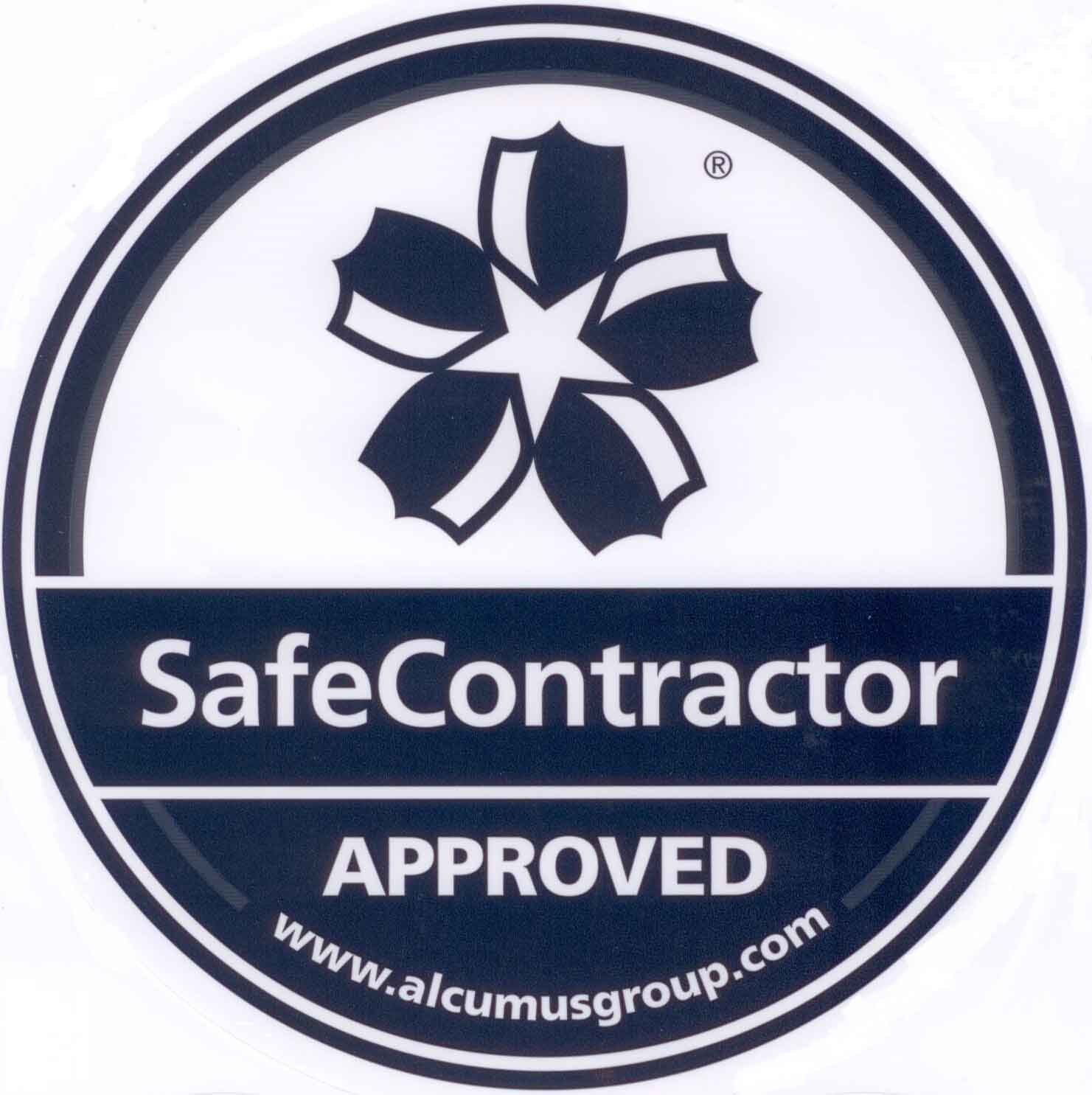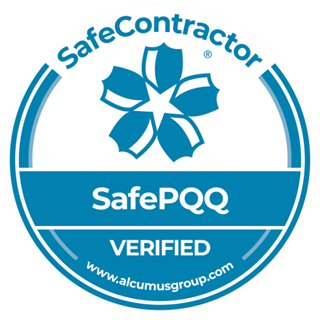Which Type of Fire Extinguisher Is Appropriate for Your Sector?
Fire extinguishers play a vital role in acting as the first line of defence against a fire breakout. Correct use of a fire extinguisher will protect your staff, your premises and its contents against the effects of fire. As such, it’s imperative that you equip your building with the appropriate fire extinguishers and arm your staff with the knowledge to use them in the event of an emergency.
The type of extinguisher required for your business will depend on the nature of the work you do, while different sectors and working environments bring different fire risks. Using the wrong type of extinguisher can do more harm than good, so this article will provide you with all the information you need to learn which type of fire extinguisher is appropriate for your sector.
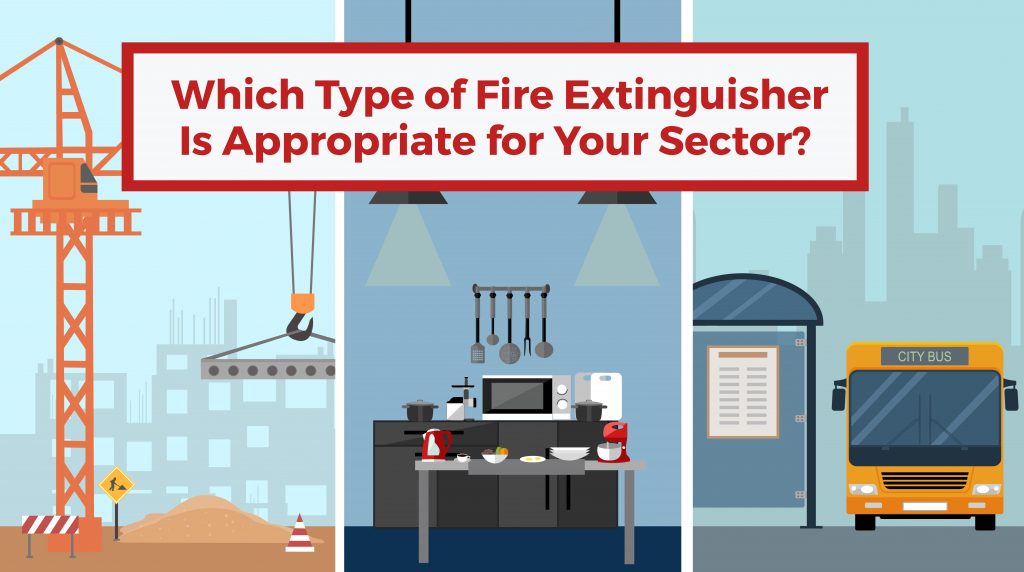
Construction
Risk: wood, waste material, flammable liquids, electrical fires
Extinguisher: dry powder
Risk: cooking oils and deep fat fryers from on-site canteen and cooking facilities
Extinguisher: wet chemical
Education
Risk: paper, wood, textiles and plastics
Extinguisher: water, foam, powder, wet chemical
Risk: cooking oils and deep fat fryers from on-site canteen and cooking facilities
Extinguisher: wet chemical
Risk: flammable gases found in science labs, such as propane, butane and methane
Extinguisher: dry powder
Risk: open fire from Bunsen burners
Extinguisher: water
Risk: electrical equipment in receptions, science labs, IT suites
Extinguisher: carbon dioxide, dry powder
Factories / Warehouses
Risk: electrical equipment, machinery faults
Extinguisher: dry powder
Risk: flammable substances, such as petrol and paint thinners
Extinguisher: foam, carbon dioxide, powder
Risk: store room waste / rubbish, combustible materials, including wood, paper or textiles
Extinguisher: foam, water, powder, wet chemical
Hotels
Risk: combustible materials, including wood and paper from waste or textiles, such as clothes
Extinguisher: foam, water, powder, wet chemical
Risk: flammable liquids, such as alcohol
Extinguisher: foam, powder or carbon dioxide
Risk: flammable gases – such as propane and butane – to fuel heaters, pools, cookers
Extinguisher: powder
Risk: cooking oils from the kitchen / restaurant areas
Extinguisher: wet chemical
Leisure centres
Risk: electrical appliances, such as gym equipment, computers in reception areas, televisions, vending machines
Extinguisher: carbon dioxide, powder
Risk: cooking oils from the kitchen / restaurant areas
Extinguisher: wet chemical
Offices
Risk: electrical equipment, including faulty wiring and overloaded power sockets
Extinguisher: carbon dioxide, powder
Public sector (such as healthcare, law, education)
Risk: electrical appliances – these can differ from business to business, e.g. medical tools and equipment required in dentist, GP surgeries and hospitals need electricity
Extinguisher: carbon dioxide, powder
Retail
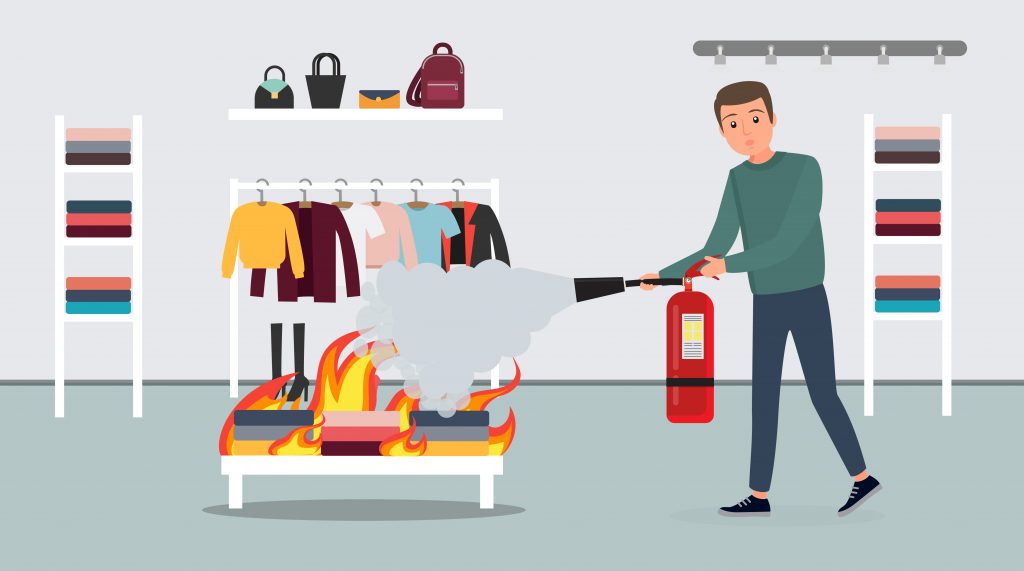
Risk: cooking oils in cafes and restaurants
Extinguisher: wet chemical
Risk: electrical equipment in kitchens, salons, reception / till areas
Extinguisher: carbon dioxide, powder
Risk: flammable garments and textiles in clothing shops
Extinguisher: water, foam, powder, chemical
Risk: store room waste / rubbish, combustible materials, including wood or paper
Extinguisher: water, foam, powder, chemical
Sports grounds
Risk: flammable liquids, such as alcohol
Extinguisher: foam, carbon dioxide, powder
Risk: store room waste / rubbish, combustible materials, including wood, paper or textiles
Extinguisher: water, foam, powder, chemical
Risk: cooking oils from the kitchen and catering services
Extinguisher: wet chemical
Risk: electrical equipment, such as lighting fixtures, digital equipment, HVAC equipment
Extinguisher: carbon dioxide, powder
Transport (such as cars, public transport, commercial vehicles, HGVs, taxis, caravans)
Risk: flammable liquids, such as petrol and diesel
Extinguisher: foam, carbon dioxide, powder
When it comes to transport, you must also consider storage temperatures, the legally required capacity of the extinguishers and how they are secured inside the vehicle to prevent damage during transit.
Safety first: a fire risk assessment carried out by a professional will determine the type and location of extinguishers required for your site so they are readily available if required. For fire extinguishers, fire risk assessments and maintenance services throughout London, Birmingham and across the UK, look no further than City Fire Protection. We are well-versed in fire safety management and help businesses from all sectors stay compliant and protected. Contact us today to find out more.


